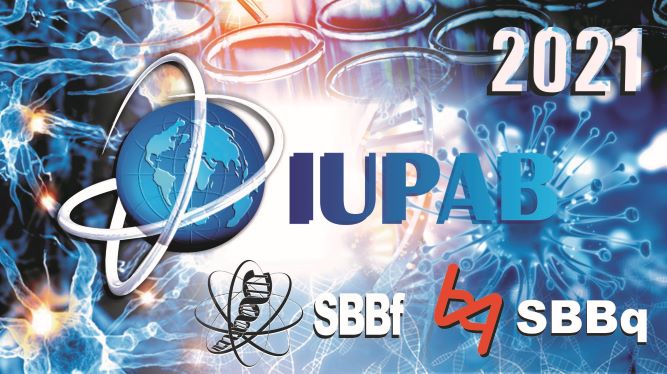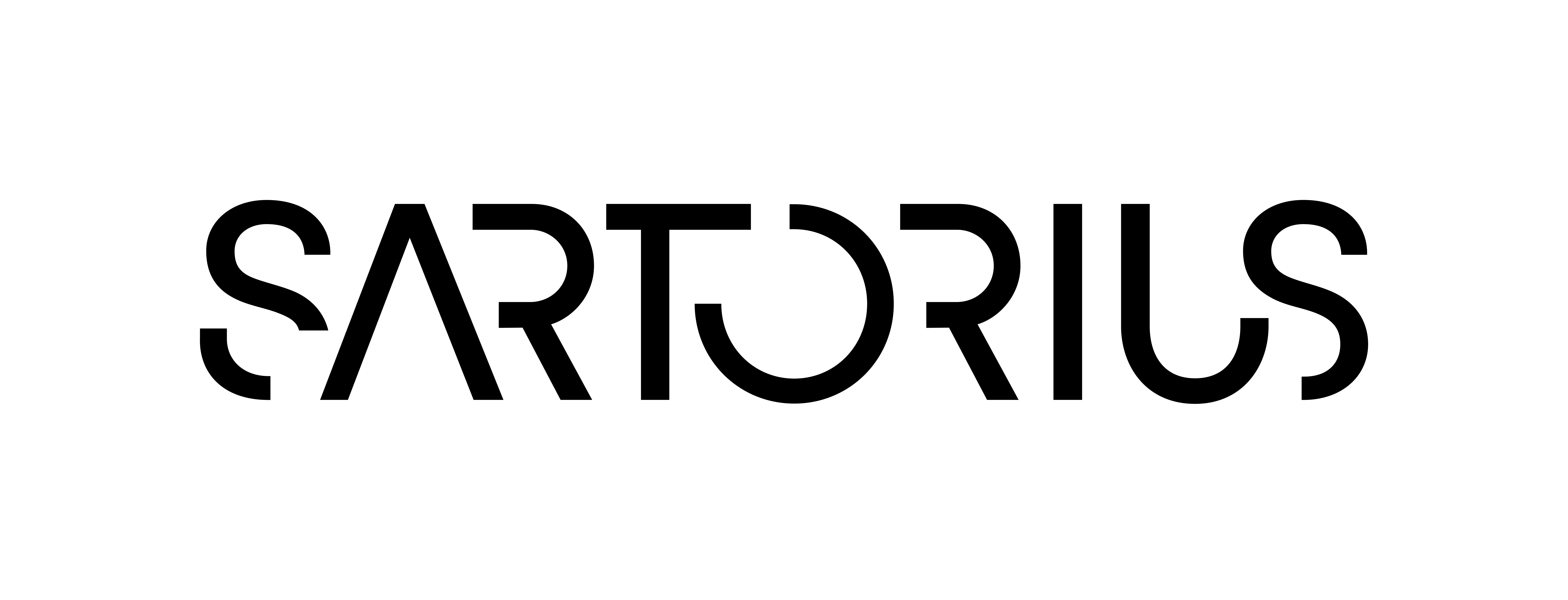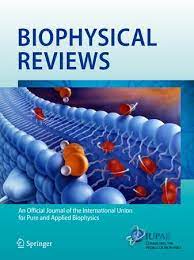The interplay of mechanosensors at the cell-matrix interface
Navid Bavi1*, Jessica Richardson2, Boris Martinac3, Kate Poole4, Eduardo Perozo1
1Institute for Biophysical Dynamics, The University of Chicago, Chicago, Illinois 60637, United States.
2Cellular and Systems Physiology, School of Medical Sciences, University of New South Wales, Sydney, NSW 2052, Australia
3Victor Chang Cardiac Research Institute, Sydney NSW, Australia
4EMBL Australia Node in Single Molecule Science, School of Medical Sciences, University of New South Wales, Sydney, NSW 2052, Australia
*navid@uchicago.edu
Mechanical force plays vital roles in our daily life. It is the primary reason underlying our sensations of touch, pain, blood pressure, balance and hearing. The fastest transducer of these mechanical forces in our body are a set of ion channels that are embedded in the cell membrane and classified as mechanically-gated (MG) ion channels (Cox, Bavi et al, 2019 Ann Rev Physiol.). The presence of distinct MG channels, even within a single cell, may enable the cells to integrate different types of mechanical inputs. A fascinating open question in the study of MG ion channels is how exactly an applied force can lead to channel gating. Addressing this question is additionally hampered by the challenges in understanding how distinct approaches to deform cells and membranes impact parameters such as membrane stretch/bending and/or cortical tensions. As such, we have used a blend of theoretical (finite element) and experimental (pillar array, high-speed pressure clamp and Ca2+ imaging) techniques to probe how mechanical properties of the matrix, such as stiffness and roughness, modulate the force sensitivity of the well-characterised mammalian channels, PIEZO1 and TREK-1 (Bavi, et al., 2019 ACS nano). We have also used the power of a unique motor protein to control the activity of MG channels by voltage alone, in artificial liposomes and heterologous mammalian cell lines (Unpublished). As such, our approach to studying MG channel function, combined with the techniques described earlier provide a powerful insight into the diversity of force sensing mechanism via MG ion channels.












